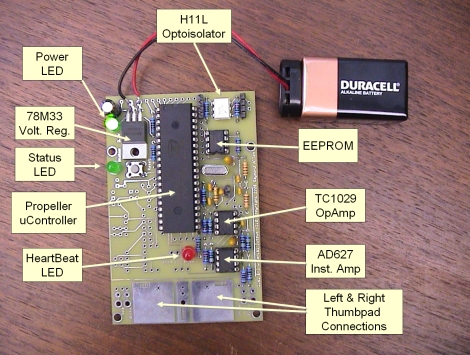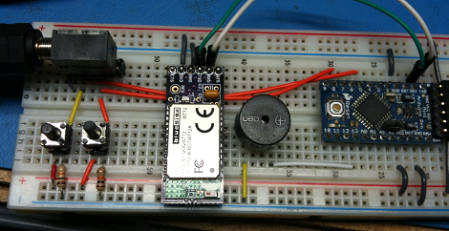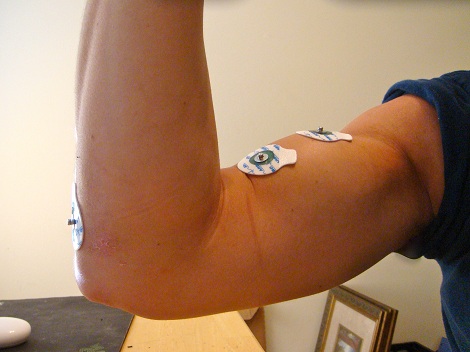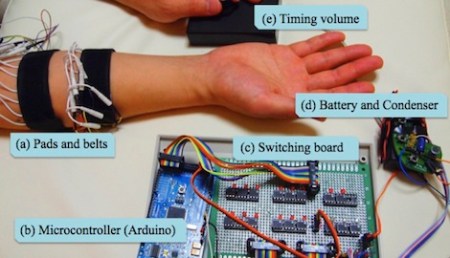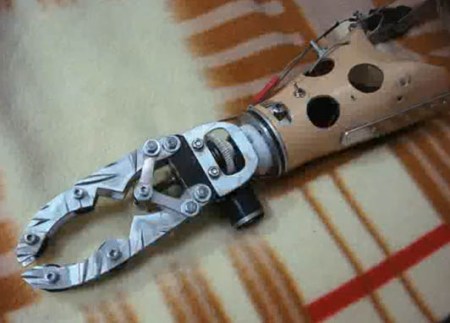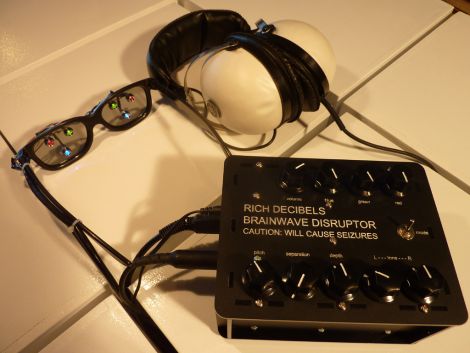
Whether you believe in it or not, the science behind brainwave entrainment is incredibly intriguing. [Rich Decibels] became interested in the subject, and after doing some research, decided to build an entrainment device of his own.
If you are not familiar with the concept, brainwave entrainment theory suggests that low-frequency light and sound can be used to alter brain states, based on the assumption that the human brain will change its frequency to correspond to dominant external stimulus. [Rich’s] device is very similar to [Mitch Altman’s] “Brain Machine”, and uses both of these methods in an attempt to place the user in an altered state of mind.
[Rich] installed a trio of LEDs into a set of goggles, wiring them along with a set of headphones to his laser-cut enclosure. Inside, the Brainwave Disruptor contains an Arduino, which is tasked with both generating light patterns as well as bit-banged audio streams.
Well, how does it work? [Rich] reports that it performs quite nicely, causing both visual and auditory hallucinations along with the complete loss of a sense of time. Sounds interesting enough to give it a try!

